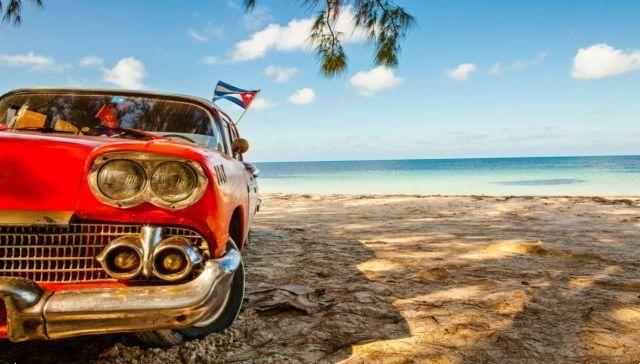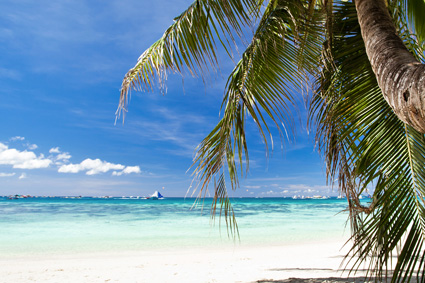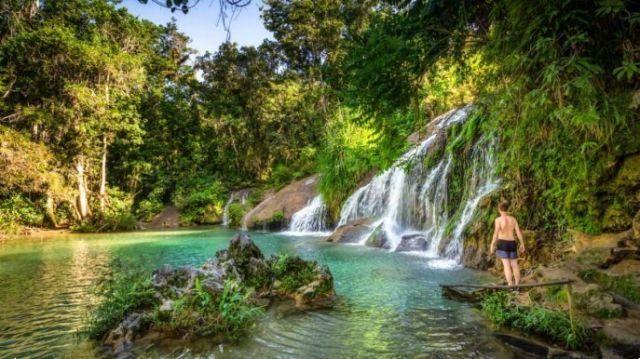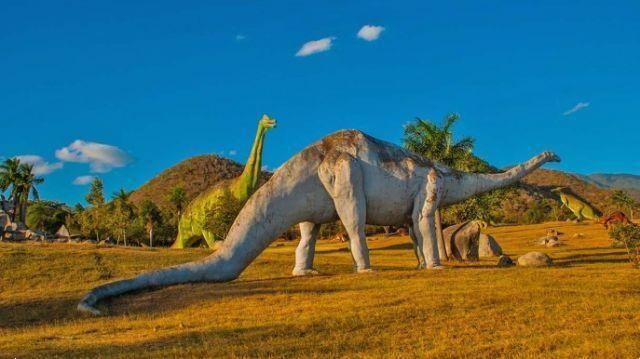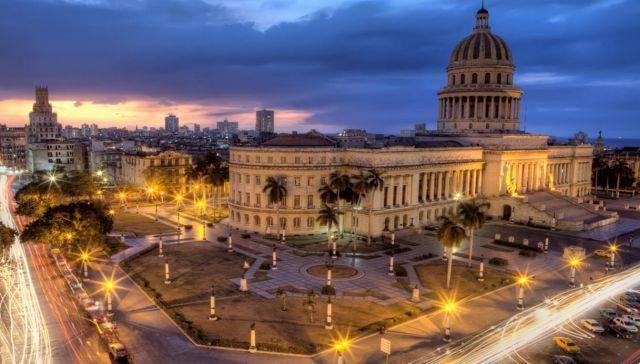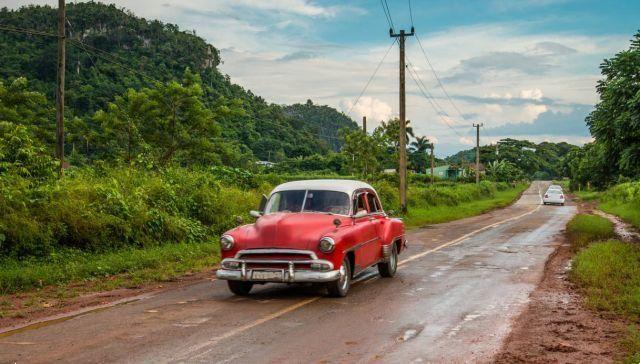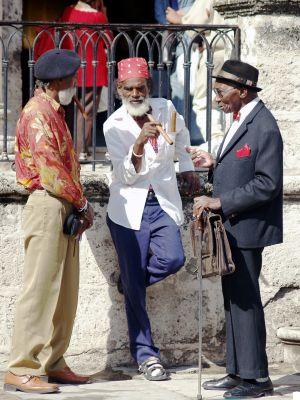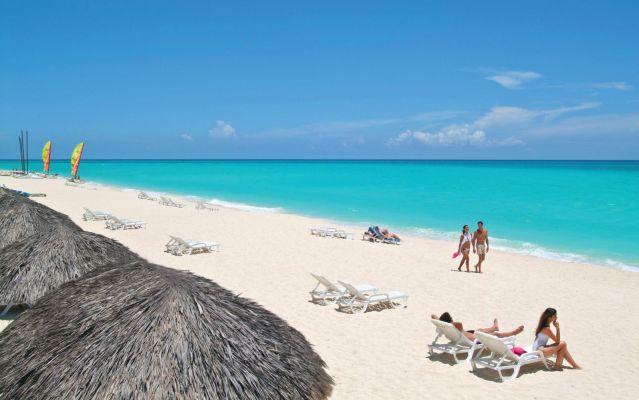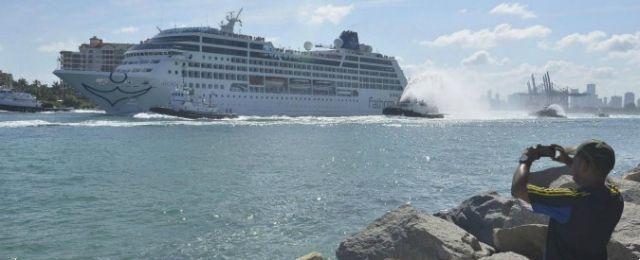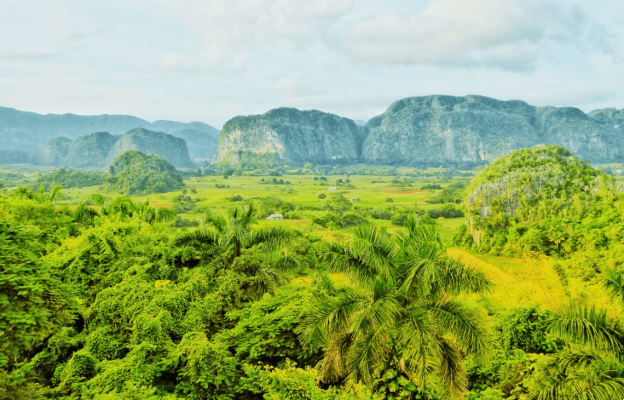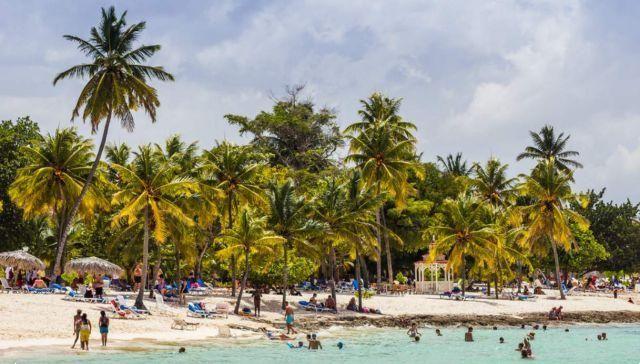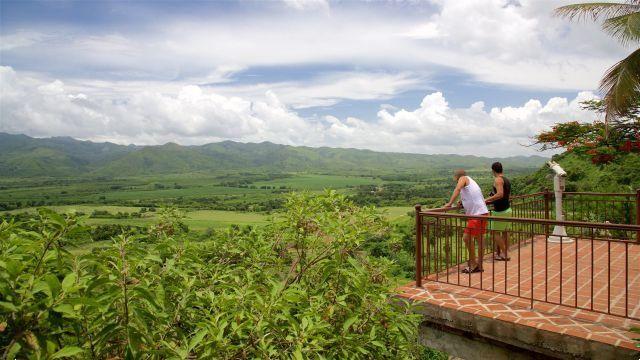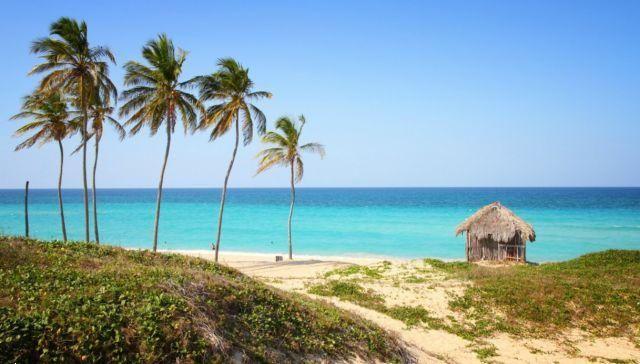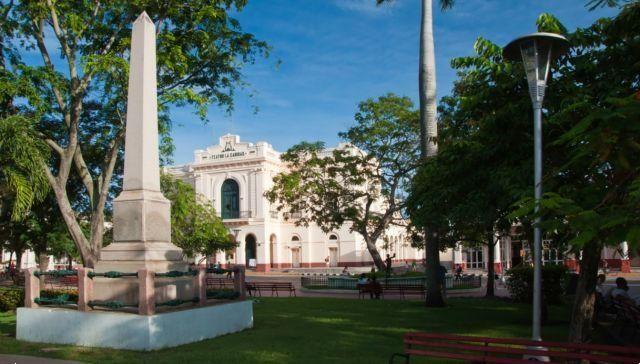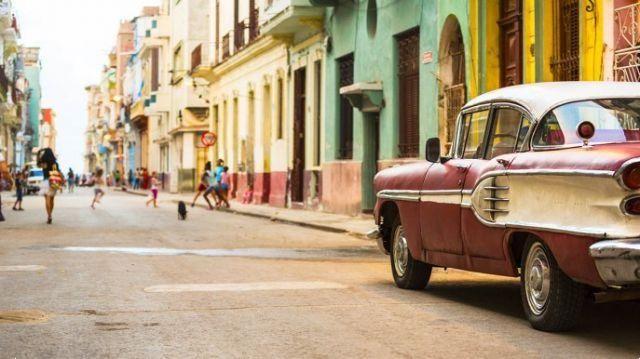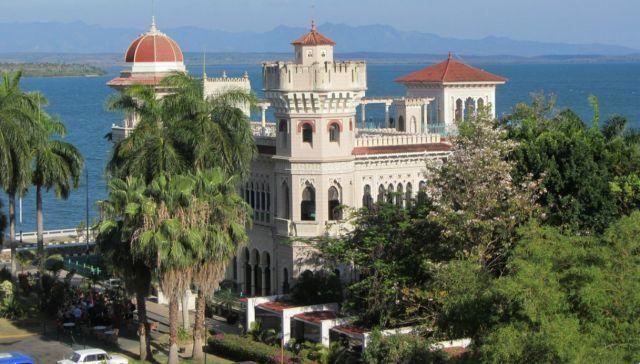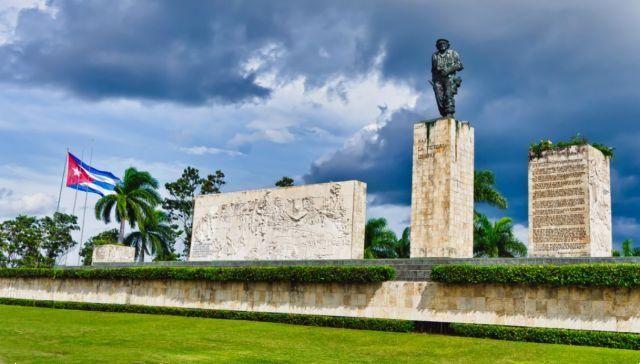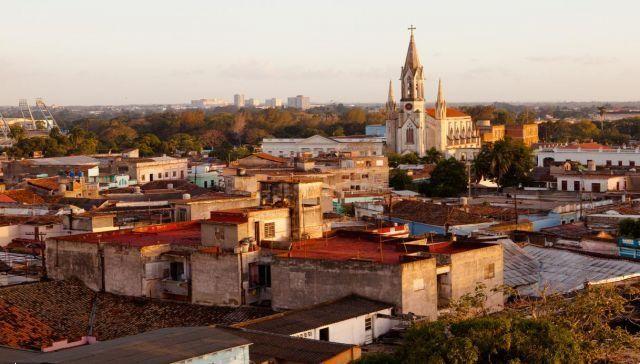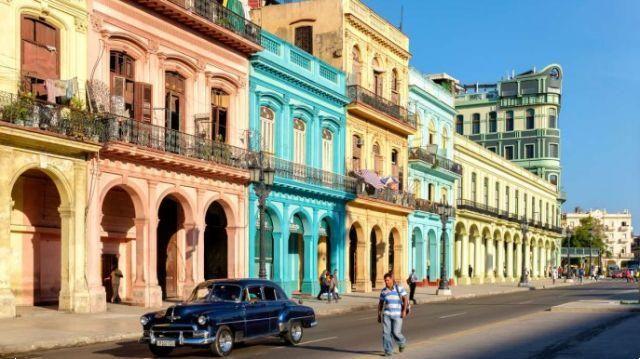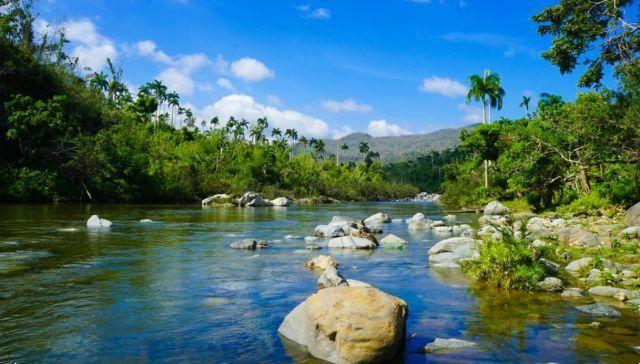
Casas Particulares Baracoa it is a city of almost 100.000 inhabitants located on the easternmost tip of the island of Cuba, within the province of Guantanamo, the location famous for the US army base. Baracoa is considered the oldest city in Cuba since in 1511 the first Spanish commercial base was founded here and some scholars also agree on recognizing the Bahia de Miel as the first place of landing of Christopher Columbus on the island.
Record aside, what is certain is that since prehistoric times this region has been inhabited by indigenous populations who inhabited Cuba well before the arrival of Europeans and that the commercial base founded by Diego Velázquez de Cuéllar quickly became the capital of the island.
Between the 1902th and 1959th centuries, Baracoa was the base from which numerous revolts began which led to the independence of Cuba in XNUMX. The city had a notable development after the XNUMX Revolution, with the construction of a new road that connects it to Guantanamo.
Today Baracoa is much loved by travelers who come here to discover some of Cuba's most important natural parks and to visit the picturesque historic center, also attracted by the presence of tourism that is more attentive to the historical and naturalistic respect of the region. In this guide we will discover the most interesting destinations and attractions not to be missed while discovering an unknown and unusual Cuba.
Il Old Town of Baracoa is a suggestive tangle of streets and alleys that develops on the promontory overlooking the marvelous Bahia de Miel, the arm of the Caribbean Sea that extends onto the northern coast of Cuba. The city center is dominated by the picturesque Independence Park, to all intents and purposes the main square of Baracoa, where you can walk in peace among the fountains, palm trees and splendid flowerbeds until you reach the statue of Hatuey. Hatuey is the local hero, a patriot ante litteram, who fought against the Spanish to defend the rights of the Indians and who for this was arrested and sentenced to death at the stake by the governor of Cuba.
On the square you can also visit the suggestive Assumption Cathedral, the government buildings in elegant neoclassical colonial style and the most valuable buildings in the city center, which still recall early twentieth-century Cuba. To enjoy one of the most beautiful views of Baracoa you can take a nice walk along the Malecon, the city's seafront which allows you to admire the splendid view of the Caribbean Sea which reaches up to the foot of the city centre, and early risers will have the opportunity to admire the sunrise with the sun rising from the ruby-coloured waters.
To discover Baracoa's past you can visit the Forti Spanish buildings built during the 16th and 17th centuries as a form of defense against attacks from the sea and which today constitute an interesting open-air museum. The best preserved fortresses are Castillo de Seboruco, now transformed into a hotel but still freely visitable, and the Fuerte Matachín, which houses the Baracoa civic museum.
Visiting the Civic Museum you have the opportunity to learn about the history of this city in detail, starting from its ancient Indian origins up to the events of the Spanish domination. Remaining in the museum context you cannot miss the Cave of Paradise Museum, which collects and displays a very rich collection of finds found in a cave system not far from the center of Baracoa, testifying to the very long presence of man on the island of Cuba.
Staying in the historic center you can make a short visit to the Veterans Center which displays a rich selection of memorabilia, photographs and documents from the years of the Cuban Revolution and a very interesting in-depth analysis of the participation of Cuban revolutionaries in the struggles for the independence of African states in the 1960s.
After visiting the cultural centers of Baracoa you can go just outside the city to dedicate yourself to a bit of relaxation and fun on the wonderful beaches of Bahia de Miel, in particular you can reach Playa de Miel and Playa Blanca towards the south. The first, Playa de Miel, is a beautiful black sand beach that plunges into the splendid Caribbean waters not far from the city center, while Playa Blanca is located a little further on, so it is preferable to reach it by car: it is a spectacular Caribbean beach of very white sand set in a cobalt-colored bay, an unforgettable place to swim.
In the surroundings of Baracoa it is worth taking a tour on the route of cocoa, the road that leads south and which for centuries was the route that Cuban cocoa traders used to transport cocoa beans to the port. Along this road you can visit the cocoa plantations and the plants where this tropical fruit is still processed today for the production of tasty chocolate.
Enthusiasts of nature excursions will be able to go just north of Baracoa to arrive in the heart of the magnificent naturalistic area of Alejandro de Humboldt National Park. In this wonderful protected area you can admire an uncontaminated Caribbean ecosystem where unique plants and animals live in freedom and where you can explore the heart of the forest thanks to the paths dedicated to visits. Inside the park, mountain excursion enthusiasts will be able to dedicate themselves to climbing Mount El Yunque, a 600 meter hill with a characteristic anvil shape that dominates the surrounding landscape.




